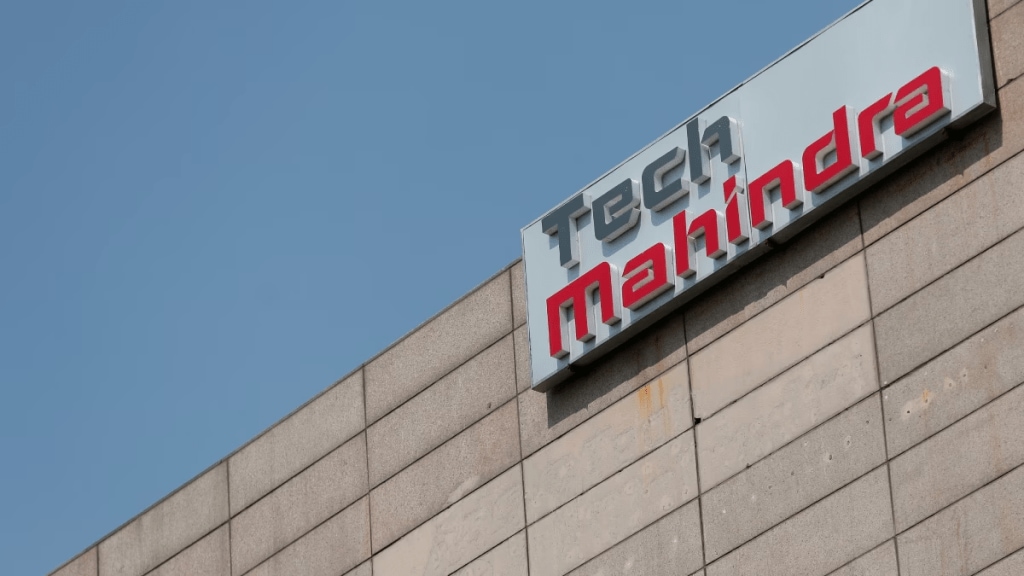In among his first interviews after taking over as CEO of Tech Mahindra in December, 2023, Mohit Joshi was asked how much patience shareholders would need to have before he delivered a turnaround. Joshi’s answer, in which he quoted a former Goldman Sachs CEO, was, “We must always be long-term greedy”. On a more serious note, he went to add there was no reason, given the company’s strong platform and the heritage of the Mahindra Group, why Tech Mahindra shouldn’t deliver more than it was.
In April, 2024, “Scale at Speed”, a three-year turnaround plan to be executed by 2027, was unveiled. The core objectives are to achieve a growth rate in the top line that outpaced the average of the top 6 IT players and to expand the operating margin to 15% by FY27. Moreover, Joshi wants an organisational transformation. Explaining the targets, Joshi said the plan for margins is about fixing the pyramid, getting better rate realisations and other interventions including automation.
Nine months down the line, experts say, Tech Mahindra is progressing at a steady pace and is on the right path for a turnaround. In a recent update, Joshi said the company has shifted to a global service line model and enhanced its focus on key areas such as large deals from must-have clients with revenues exceeding $5billion. Moreover, it wants to re-balance the portfolio across industries and geographies.
To be sure, the deal flows are getting better. The good news is that the total contract value has risen from $381 million in Q3 FY24 to $745 million in Q3 FY25. Experts point out that the deal pipeline, win ratios, contracting disciplines and the quality of wins have all improved. “The emphasis of management is on deals that meet a high bar on profitability. The company does not want to participate in deals that involve ‘heroic’ assumptions on productivity in the outer years,” Kawaljeet Saluja at Kotak Institutional Equities says.
Others have noted that most of the deals have a have a cost take-out or consolidation flavour, with some involving new logos as well. They feel it is impressive that the company has been able to expand TCV despite its focus on margin improvement in what is highly competitive environment.
“We have shown consistent improvement now for the past six quarters in terms of large deals. Our focus on our largest clients and must-have accounts is delivering results. The growth of our largest customer portfolio is outpacing the overall company growth, despite challenges with some large telecom clients,” the CEO asserted, post the results announcement.
Operating margins too are looking up. Between Q4FY24 and Q3FY25, for example, ebit (earnings before interest and tax) margins have expanded by 280 basis points to hit 10.2%. In the December, 2024 quarter, the ebit margin expanded by 60 bps sequentially.
Tech Mahindra’s operational strategies—including Project Fortius—are being acknowledged for their focus on cost optimisation and productivity. The increased automation and contract optimisation, experts point out, have helped reduce the headcount. Profits in Q3FY25 came in at `983 crore, down 21.4% sequentially due to a higher
base reported in the previous quarter that came from a one-time income from the sale of assets. However, excluding the exceptional income the net profit rose sequentially.
But getting back to industry growth rates and sustaining them could take its time. Indeed, it’s been slow going on the revenues front. Revenues grew at just 1.1% over the last three quarters till December 2023. This lags the 1.6% nine-quarter average of the company’s top competitors. Moreover, revenues for the December, 2024 quarter, —traditionally a weak one for the industry due to furloughs— fell 0.2% q-o-q and rose 1.4% y-o-y. Interestingly, the sequential growth was led by the BFSI (banking, financial services & insurance) vertical and healthcare vertical; the communications vertical posted a decline of 4% q-o-q.
The company’s dependence on the communications vertical has always been highlighted by analysts. As Vibhor Singal, analyst at Nuvama Institutional Equities points out, delivering growth better than peers will be difficult with telecom still comprising 33% of revenues. Singal believes that while the company may have plucked the low-hanging fruit and managed to get margins to double digit levels, expanding margins incrementally could be difficult.
Joshi expressed optimism in the company’s deal wins. “The plan for the revenues, that we have, has meant that there has been an intense focus on our largest customers, he said. The company’s dependence on the telecom vertical, which contributes just over a third of the revenues, has always been highlighted by analysts.
The performance of the BFSI vertical has reassured analysts, the company can get a bigger market share in this space. With his Infosys pedigree and the fact that he started out as a banker, expectations are running high. Joshi is expected to grow the BFSI portfolio significantly. “You’re seeing the progress that we are making in terms of our BFSI growth,” Joshi said. KIE’s Saluja believes the results indicate a visible improvement across the many business elements. “They increase our confidence in its ability to achieve FY2027 goals, he said.
Industry experts believe infusing some fresh blood into the company has been a good move. “Bringing in a new CEO was a good call. Mohit Joshi is doing a good job and his expertise in the BFSI sector will help the company meet its FY27 targets,” a leading industry expert told FE. With a bit of luck, it will.

